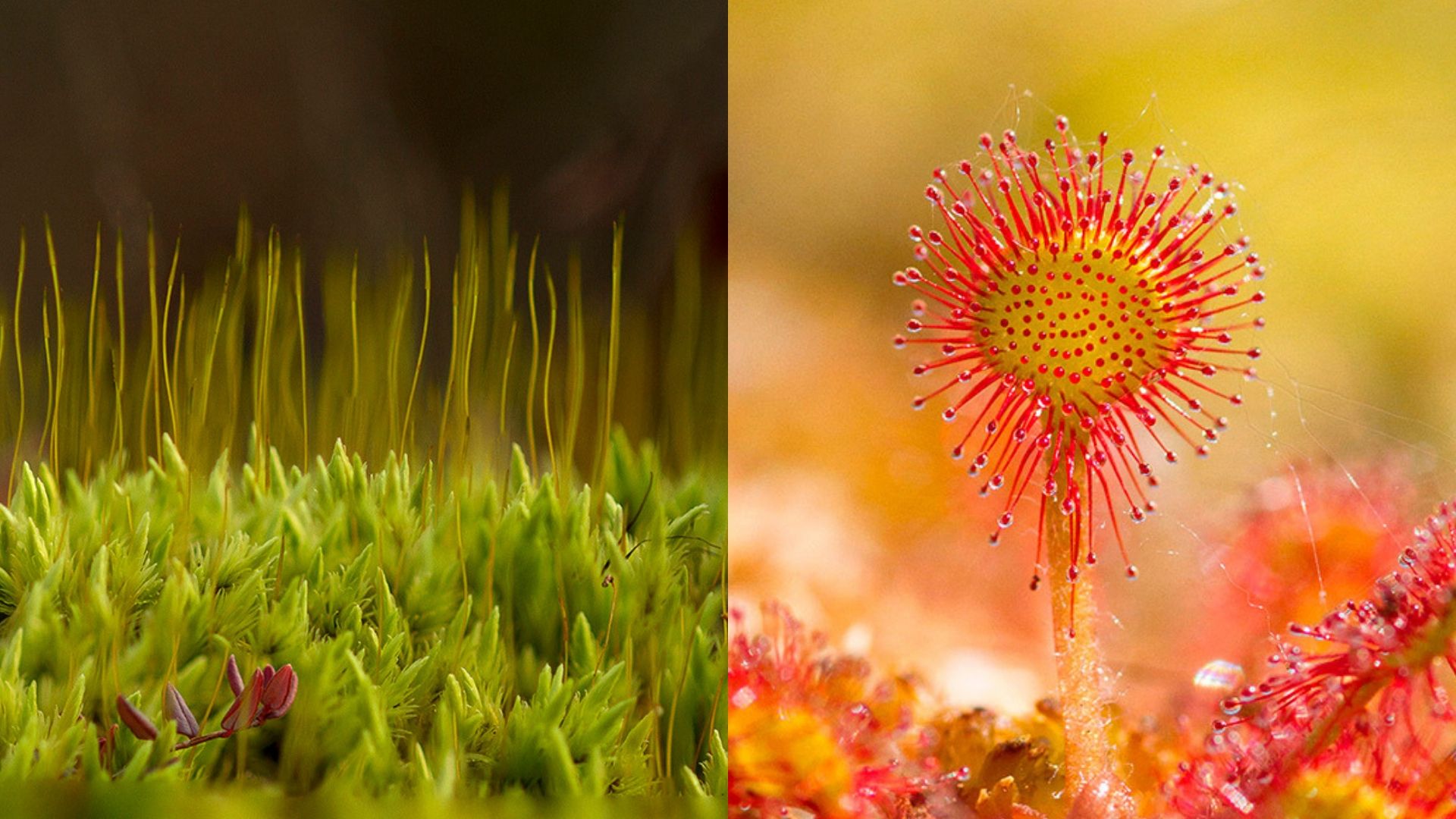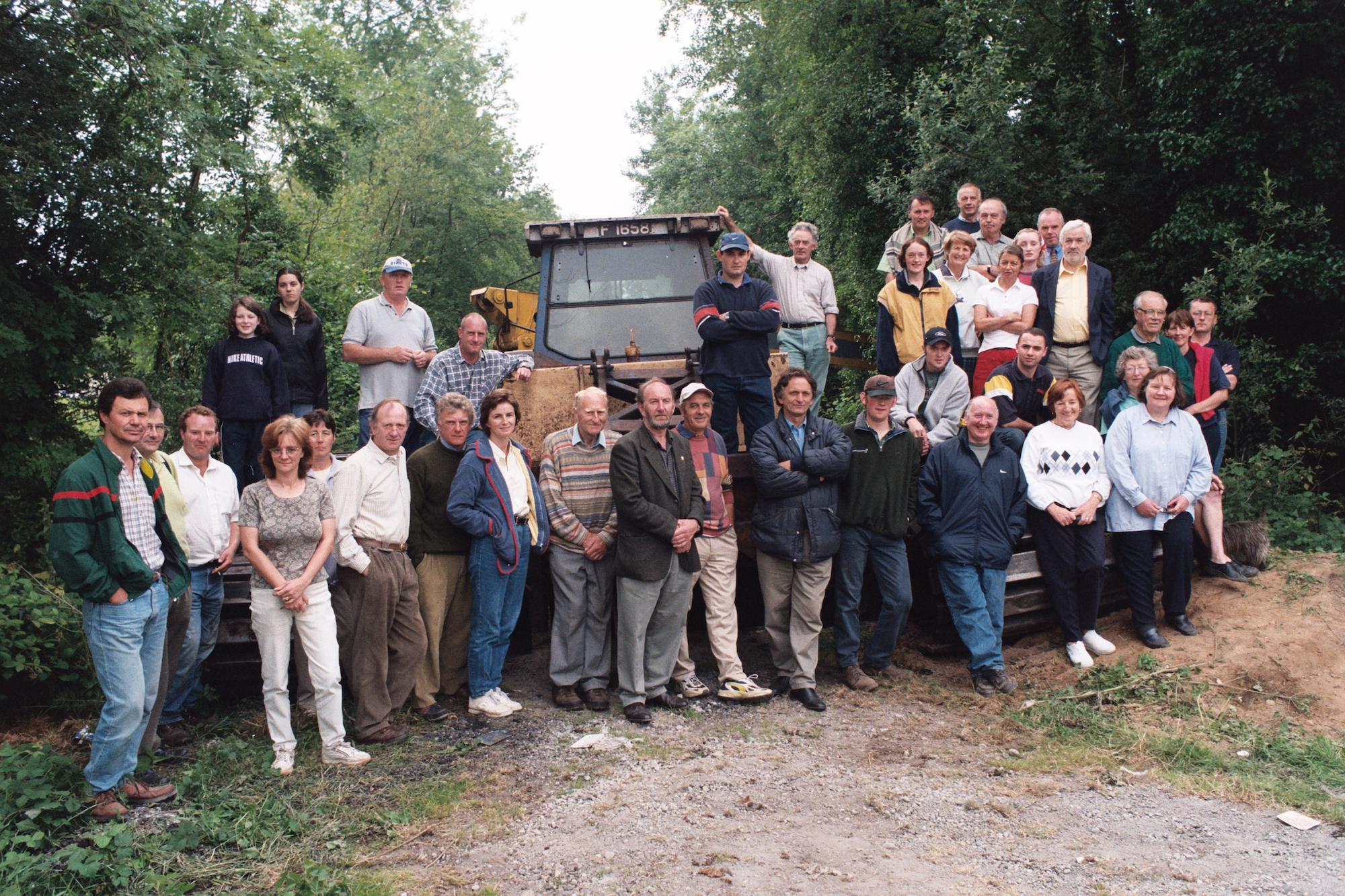Irish Communities Are Reclaiming One of the World’s Dirtiest Fuels
Credit to Author: Chris Baraniuk| Date: Thu, 24 Oct 2019 10:00:00 +0000
This is Tipping Point, a new VICE series that covers environmental justice stories about and, where possible, written by people in the communities experiencing the stark reality of our changing planet.
Step onto a well-preserved mossy bog, saturated with rain, and the ground will flex like a big dark mattress under your feet. It’s quicksand made of mud, what the word “quagmire” literally refers to. But drain a bog, dry it out, chop the mud into bricks and you can burn it. In Ireland, turning bogs into fuel has been going on for centuries and has created desperately needed jobs. The smell of peat burning still lifts some people’s hearts. Richer than woodsmoke, it’s dense and earthy. If you’ve ever had peated whiskey, you’ll have experienced a whisper of it.
But peat, or turf, is one of the most polluting fuels in the world. It is more polluting, even, than coal, generating less energy when burned while producing more emissions.
Photographer Tina Claffey spent her summers cutting turf, or peat, with her family. Her dad insisted on it. “Bog” was, to a teenage Claffey, synonymous with “boredom.” Like many Irish families, they stored the peat at home for use as a winter fuel. According to the 2016 census, more than 75,000 households in the Republic of Ireland continue to burn peat this way.
And then Claffey’s opinion of peat changed. Upon returning to Ireland after several years of working as a photographer in Botswana, she went on a nature walk and realized that, far from desolate places full of dirty fuel, bogs were teeming with life.
“It completely blew my mind that there was a wilderness there in the bogs that I never knew about,” she says.

As she started photographing the flora and fauna of her native peatlands, she found others like her, with a newfound appreciation of the bogs. A movement was afoot to rethink peatlands—not as fuel, but as wildlife havens and secret weapons in the fight against climate change.
It’s a battle to save the last of Ireland’s well-preserved bogs. Just 1 percent of the Republic of Ireland’s raised bogs (swollen tracts of peatland) survives.
“One of the secret weapons in [fighting] climate change was literally beneath our feet”
The countercultural movement started as early as 2000, when Chris Uys and a gaggle of like-minded environmentalists stared down a peat-harvesting machine at Abbeyleix bog in County Laois and forced it to retreat. The machine was operated by Bord na Móna, the state-owned peat harvesting firm.

“Everybody thought you had two heads when you talked about carbon emissions, carbon stores,” recalls Uys. The Republic of Ireland’s own national peatlands strategy document in 2015 acknowledged that the environmental role of bogs “is not widely appreciated.”
But bogs can mitigate the vast amounts of carbon dioxide human civilization spews into the atmosphere. When the sphagnum moss that grows on bogs dies, it does not break down. Instead, carbon in the organic matter is locked into the dense, wet soil. It’s like a giant carbon sponge spread over the land. A 15-centimetre-deep hectare of peatland contains more carbon, in fact, than a hectare of tropical rainforest. Together, all the world’s bogs store twice as much carbon as all the world’s forests.
Uys and his companions won. After the excavating machine left, talks over what to do with the bog lasted more than a decade. An environmental case against the Republic of Ireland brought by the European Commission eventually led to the campaigners signing a 50-year lease for the site with Bord na Móna in 2012.
Uys now runs the Community Wetlands Forum, a nexus for bog-loving Irish people. From a handful of communities at the outset, Uys says more than 20 are now involved, made up of several hundred people scattered across the republic.
The first thing communities do when they decide a local bog is worth preserving is to try and get other people interested in it. They build boardwalks and nature reserves, to draw visitors and emphasize the peatlands’ ecological importance. After that, Uys says they conduct some sort of environmental assessment—species monitoring, for instance.
Open peatlands account for 7-10 percent of greenhouse gas emissions in the Republic of Ireland
The ultimate goal of conservation projects is to “re-wet” the land. Bogs used for industrial purposes were drained by cutting channels into them so that groundwater could seep out. That allowed the peat to dry so that it could be removed in brick-like chunks. Some peatlands harvested in this way are now discarded as vast, barren wastelands—deserts of cracking mud.
Carbon-rich black peat left open to the air actually emits vast quantities of carbon dioxide over time.
“When it’s a black peat or bare peat, it’s 4-6 tons of CO2 [per hectare] per year,” says Shane Regan, who works at the Irish National Parks and Wildlife Service. Open peatlands account for 7-10 percent of greenhouse gas emissions in the Republic of Ireland.
By blocking the drains, however, rainwater that falls on the bogs stays put, re-wetting the system and locking carbon in. Locals are starting to get involved in doing exactly that.
“The people that are blocking the drains are the people who in the past perhaps would have opened [them]; they would have dug these drains 30 years ago,” says Ronan Casey of The Living Bog, a restoration project that is supporting the community-led conservation of 12 peatland areas across seven counties.
It couldn’t be happening at a more urgent time. A study published Monday in Nature Geoscience revealed that 42 percent of 31 peatlands surveyed in Europe are the driest they have been for a millennium.
“For decades we were going around not actually realizing that one of the secret weapons in [fighting] climate change was literally beneath our feet,” adds Casey.
Even Bord na Móna is having to change how it does things. Last year, it announced that it would close 17 bogs that had supplied peat for industrial uses, and phase out burning peat for energy by 2028. But some say this is too little, too late. Bord na Móna still harvests peat and exports it for horticultural use, for example. The company did not respond to a request for comment.
Claffey says attitudes are changing. While some families still proudly cart their turf home for the winter, knowledge of environmental issues is spreading—particularly among young people.
“There’s definitely more of an awareness of our bogs now than there was a few years ago,” she says. “There’s still a lot of work to do, though.”
Chris Baraniuk is a freelance science journalist based in Northern Ireland. Follow him on Twitter.
Have a story for Tipping Point? Email TippingPoint@vice.com